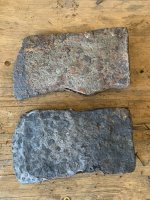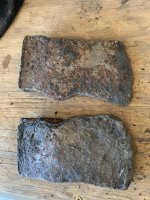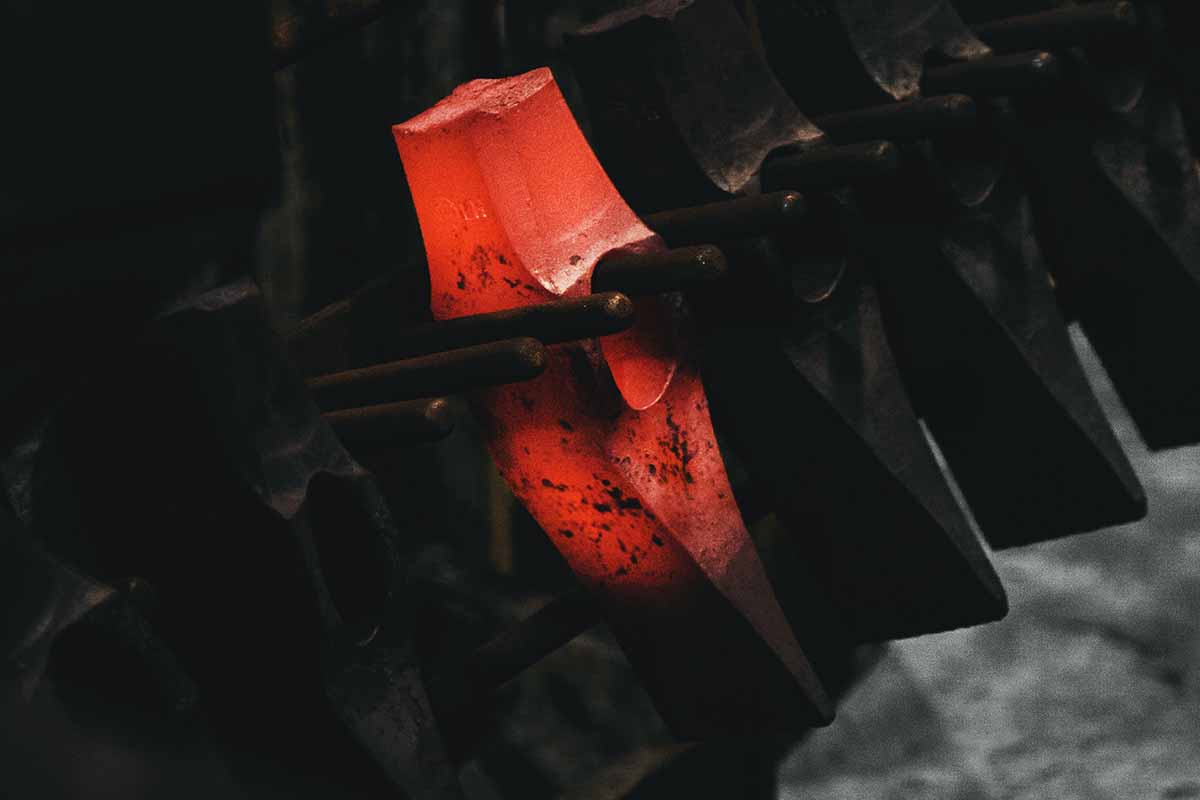Nathan W
Bronze Member
- Jan 14, 2023
- 1,697
- 4,242
Found these awhile back been cleaning them , very pitted. The top one was from an area that had a ghost town on map 1825-? And bottom head was found near supposed civil war camp area. I don’t know if either of these is from someone who lived in the now ghost town and the other a union/confederate soldier. I’m sure they are super old by the many many layers of rust and style/ pits. Question- why is the blade edge look smooth and different/darker than rest of axehead? Also any timeframe window you guys think?







